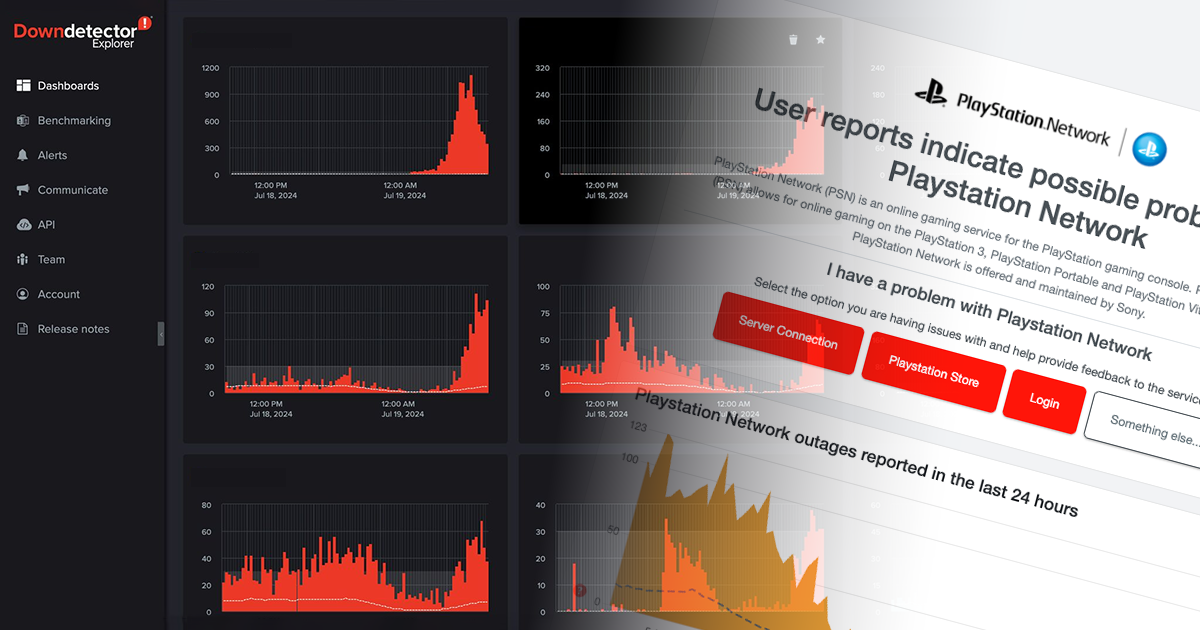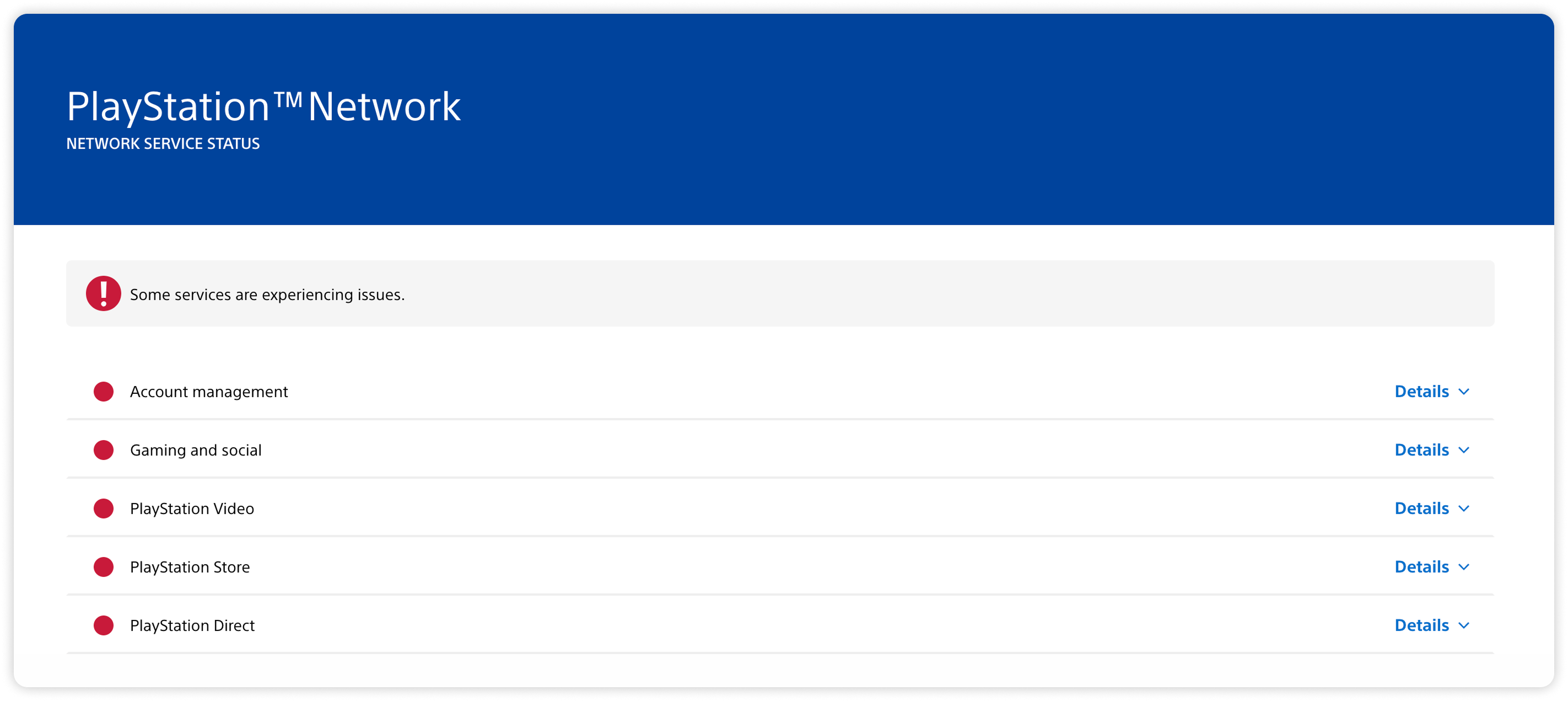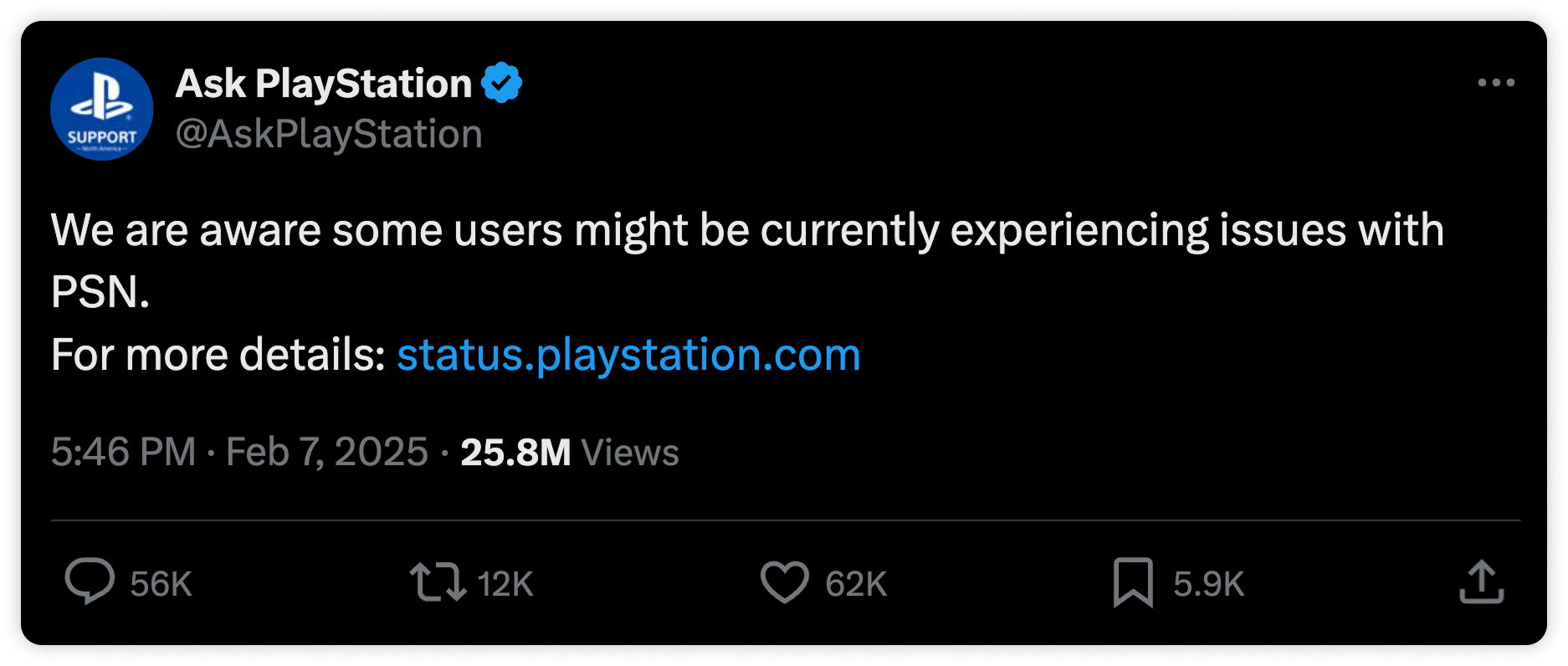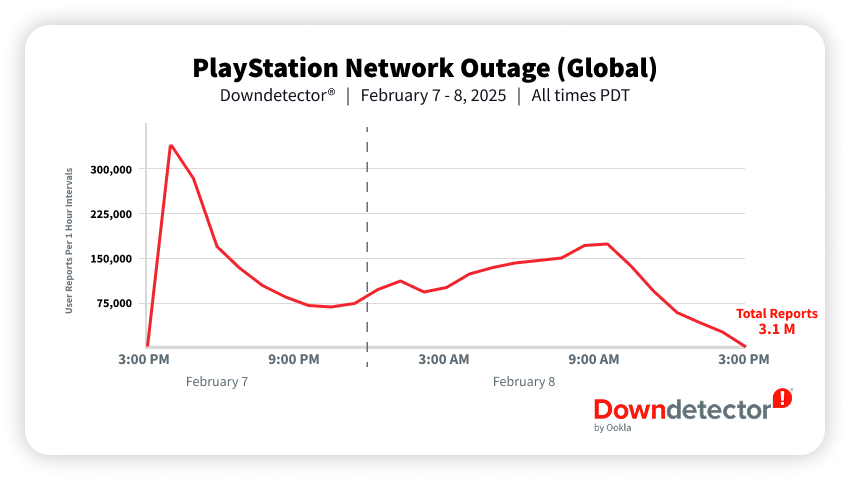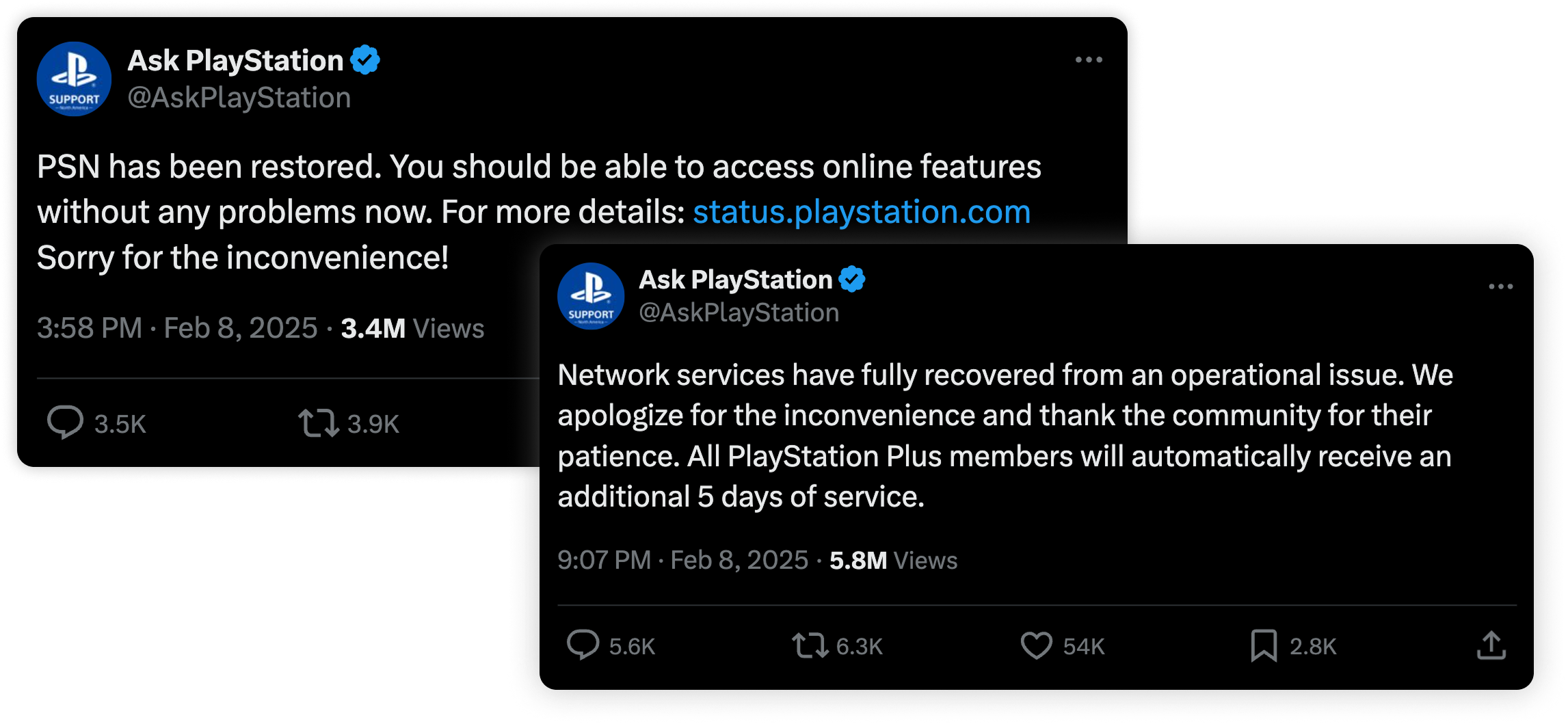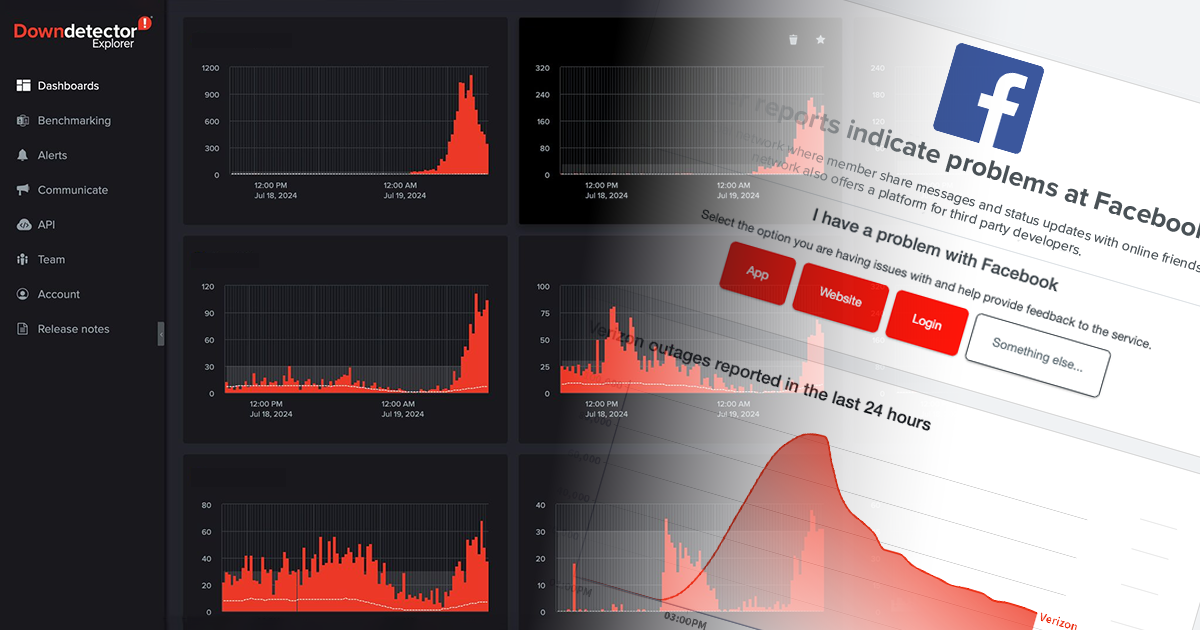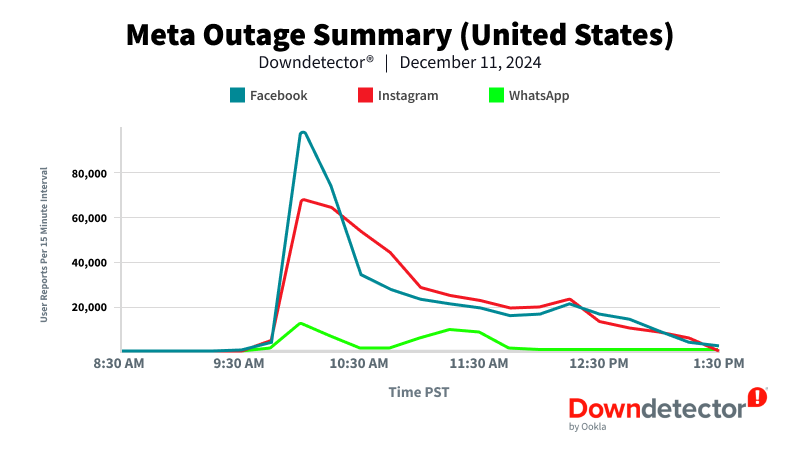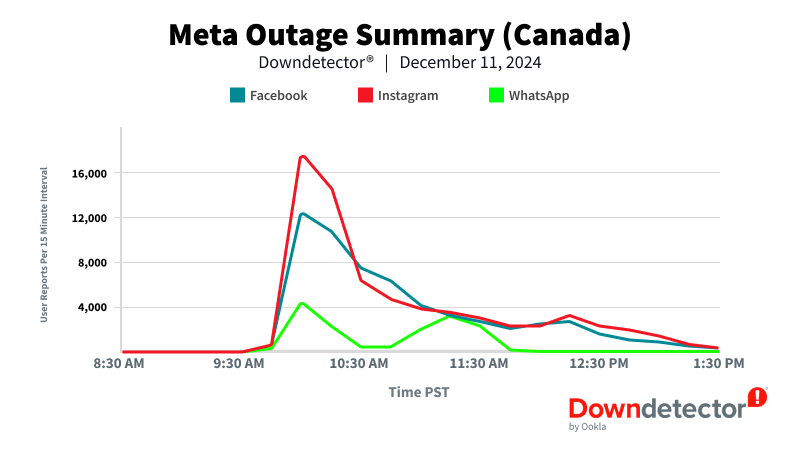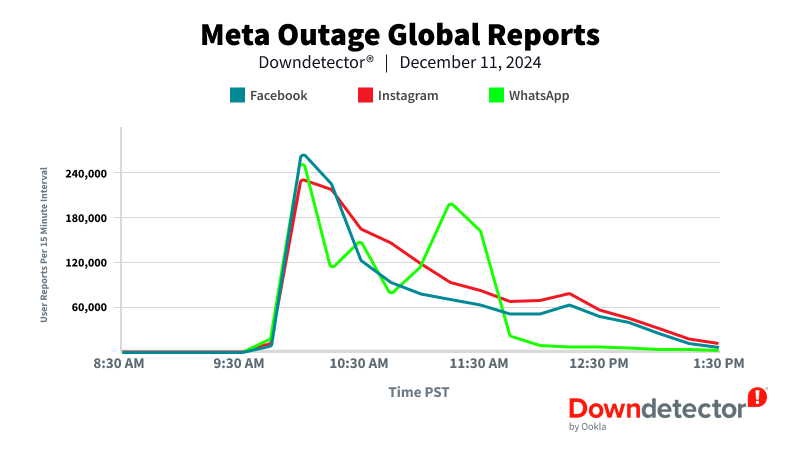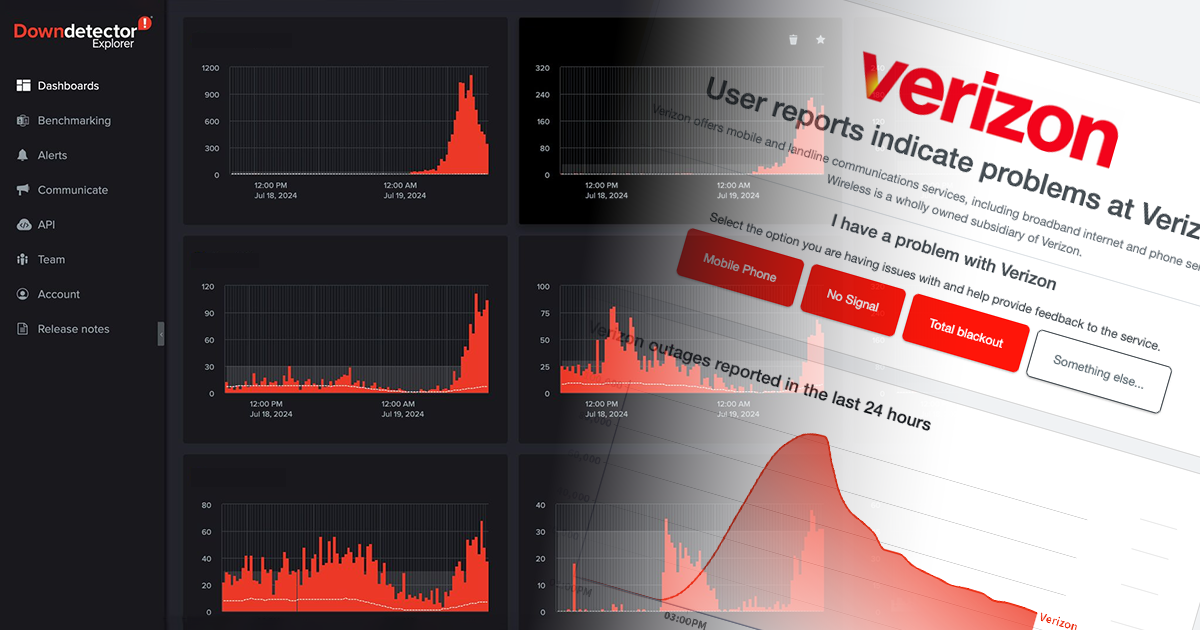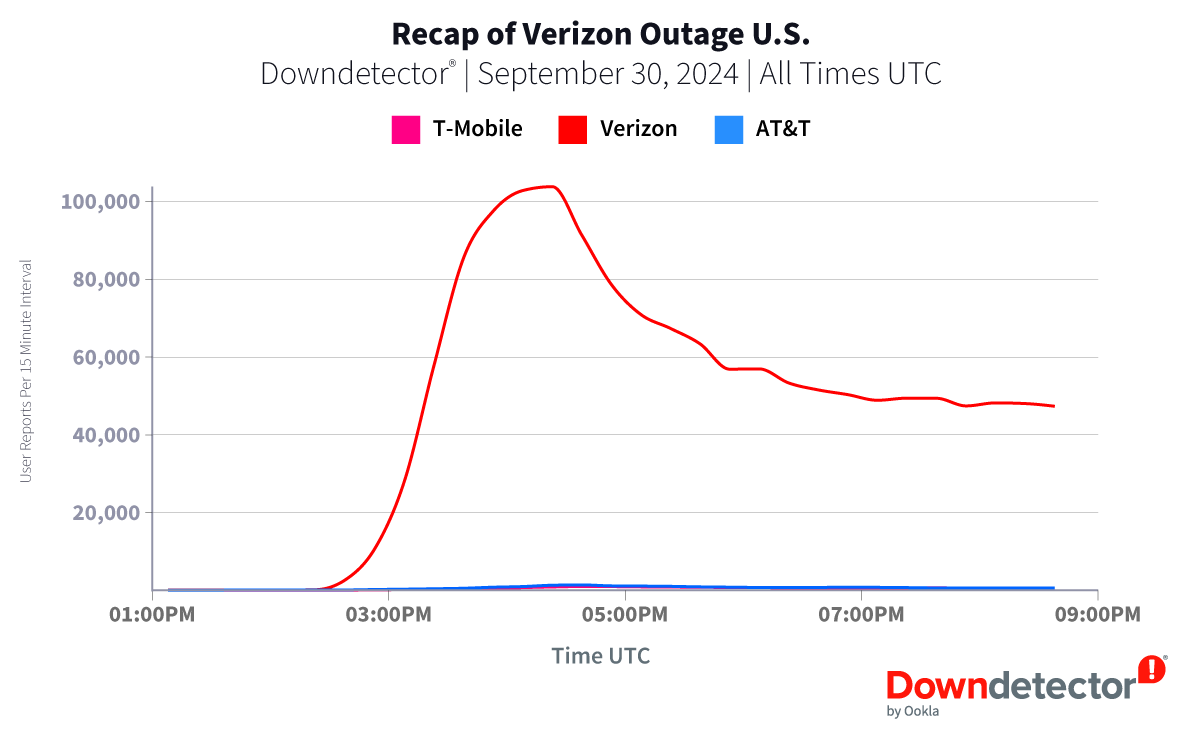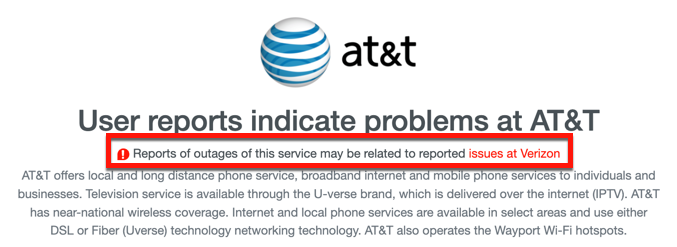On March 27th, baseball fans were eager to tune in for Opening Day, but MLB TV wasn’t quite ready to play ball. As games got underway, thousands of users flooded to Downdetector, reporting problems with the MLB TV App and Website, preventing them from watching or listening to live coverage.
For fans, Opening Day is one of the most anticipated events of the season, but it’s also a day when reliability is paramount for streaming services. With Downdetector’s real-time outage tracking, users were able to monitor the situation as it unfolded, but the experience was far from ideal for baseball fans hoping to catch every moment of the season’s first pitch.
A Rough Start for Streaming
Shortly after the first game of the day started at 3:05 PM EDT, outage reports began to appear on Downdetector. With fans across the country scrambling to stream the games, the problem escalated rapidly. By 4:10 PM EDT, 10 games were airing simultaneously and Downdetector’s tracking showed the outage peaking at over 20,000 reports, marking a rough start to the season.
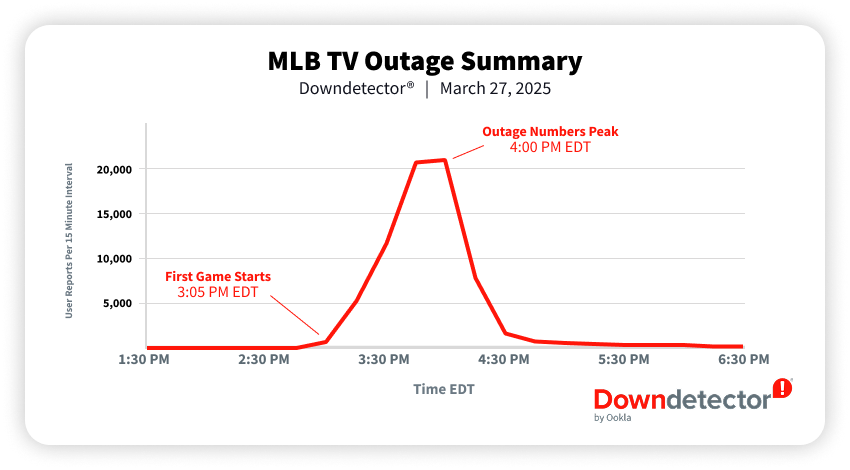
Users took to Downdetector’s comments and social media to vent their frustrations over the inability to access streams with error messages popping up across a wide range of devices, including mobile apps, smart TVs, and web browsers. Many expressed their disappointment over missing key matchups and the lack of communication from MLB TV regarding the outage on one of baseball’s biggest days.
Tracking Outages in Real Time
Throughout the outage, Downdetector’s real-time monitoring offered a comprehensive view of the affected areas, showing the scale of the disruption. Outage reports revealed the geographical spread of the issue, with major baseball markets being hotspots for reports.

The high volume of user reports underscored the critical importance of reliable streaming services, especially on major sports days like Opening Day. While MLB TV eventually regained its footing, the lack of timely updates from the platform left fans in the dark, amplifying the frustration of missing the action.
Interested in learning how Downdetector can help your company prepare for its biggest days? Contact us.
Ookla retains ownership of this article including all of the intellectual property rights, data, content graphs and analysis. This article may not be quoted, reproduced, distributed or published for any commercial purpose without prior consent. Members of the press and others using the findings in this article for non-commercial purposes are welcome to publicly share and link to report information with attribution to Ookla.


